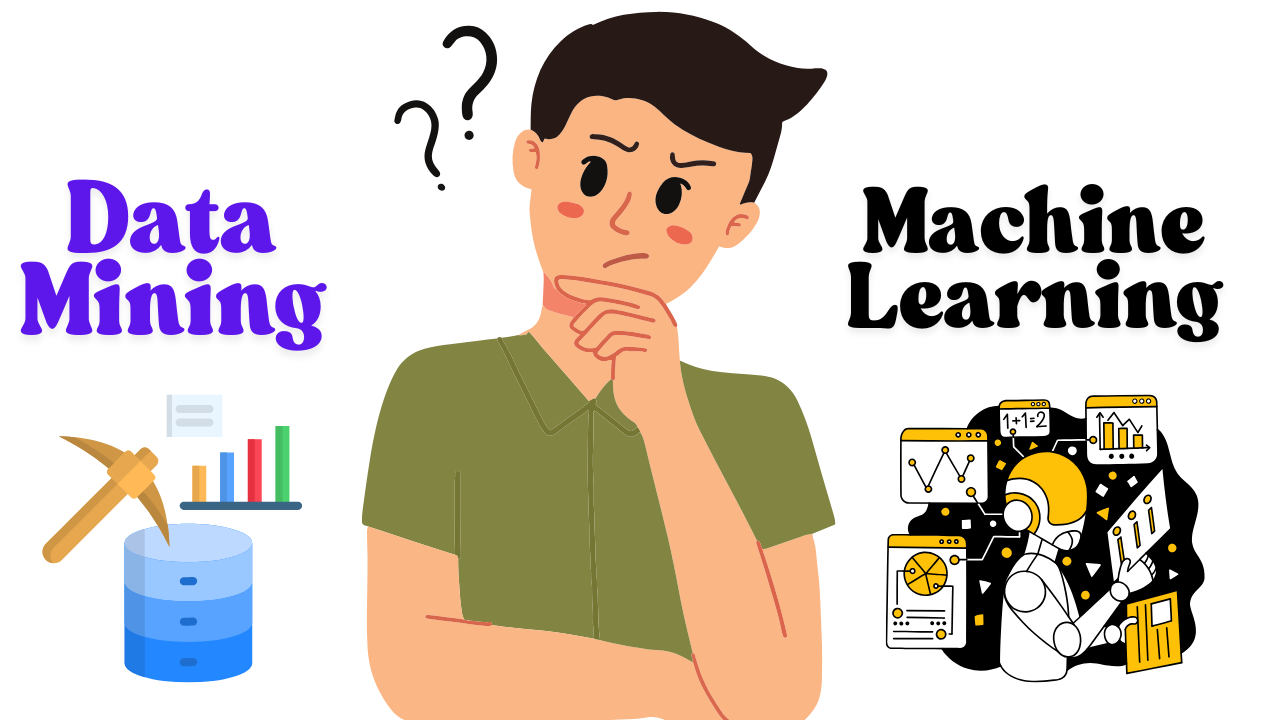Data mining and machine learning are two powerful concepts often intertwined in discussions about data analysis and artificial intelligence. However, while they share similarities, they serve distinct purposes and solve different types of problems.
Data mining focuses on extracting hidden patterns and insights from existing data, often using statistical techniques and visualization tools. On the other hand, machine learning revolves around training algorithms to learn from data and make predictions or decisions without being explicitly programmed.
Both are widely used across industries such as healthcare, finance, retail, and technology, helping businesses solve complex challenges like fraud detection, recommendation systems, and predictive analytics. In this article, we will explore their differences, tools, methodologies, and future prospects to give you a clear understanding of where and how they fit into the modern data landscape.
Basic Definations:
Data Mining
Data mining is the process of discovering patterns, relationships, and insights from large datasets. It involves analyzing static datasets to extract useful information that can be used for decision-making.
Here are some key points about data mining:
- Goal: To identify hidden patterns and insights in data.
- Techniques Used: Clustering, classification, association rule mining, and anomaly detection.
- Applications:
- Retail: Finding customer purchase patterns.
- Finance: Detecting fraud in transactions.
- Healthcare: Identifying disease trends and patient patterns.

Machine Learning
Machine learning is a branch of artificial intelligence where algorithms learn from data to make predictions or decisions. Unlike data mining, which focuses on analysis, machine learning emphasizes building models that improve over time.
Key characteristics of machine learning:
- Goal: To create automated systems capable of learning from and adapting to new data.
- Types:
- Supervised Learning: Learning from labeled data (e.g., predicting house prices).
- Unsupervised Learning: Finding patterns in unlabeled data (e.g., customer segmentation).
- Reinforcement Learning: Learning through trial and error to maximize outcomes (e.g., game-playing AI).
- Applications:
- Technology: Recommendation systems on platforms like Netflix.
- Transportation: Autonomous vehicles predicting road conditions.
- Finance: Predicting stock prices.
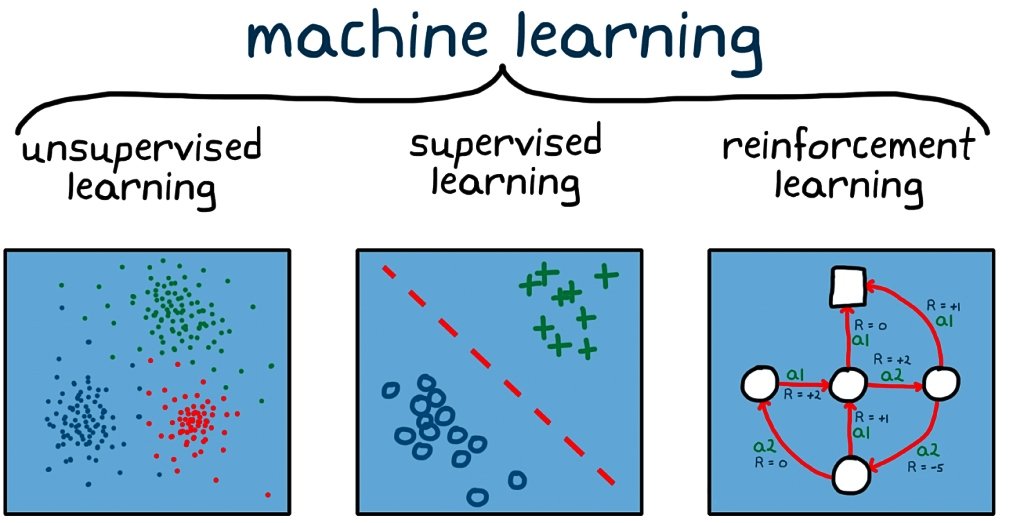
Scope
Data Mining
The scope of data mining is focused on analyzing historical data to find patterns, trends, and insights that can aid in decision-making. It plays a critical role in industries where extracting meaningful information from large datasets is essential.
Key Areas of Scope in Data Mining:
- Business Intelligence:
- Identifying customer behavior patterns for targeted marketing.
- Improving supply chain efficiency through trend analysis.
- Healthcare:
- Discovering disease patterns and predicting outbreaks.
- Optimizing patient care through data analysis.
- Finance:
- Detecting fraudulent transactions.
- Analyzing credit risk for better lending decisions.

Machine Learning
The scope of machine learning is broader, encompassing real-time decision-making, automation, and predictive modeling. It is not limited to analyzing historical data but extends to creating systems that adapt and evolve with new data.
Key Areas of Scope in Machine Learning:
- Artificial Intelligence Applications:
- Developing chatbots like ChatGPT for conversational AI.
- Enhancing virtual assistants like Siri or Alexa.
- Healthcare:
- Diagnosing diseases with imaging data (e.g., X-rays).
- Personalized treatment recommendations using predictive models.
- Technology and Innovation:
- Self-driving cars navigating in real time.
- Recommendation systems for e-commerce and streaming platforms

Scope Comparison of both
The scope of machine learning is broader, encompassing real-time decision-making, automation, and predictive modeling. It is not limited to analyzing historical data but extends to creating systems that adapt and evolve with new data.
Key Areas of Scope in Machine Learning:
- Artificial Intelligence Applications:
- Developing chatbots like ChatGPT for conversational AI.
- Enhancing virtual assistants like Siri or Alexa.
- Healthcare:
- Diagnosing diseases with imaging data (e.g., X-rays).
- Personalized treatment recommendations using predictive models.
- Technology and Innovation:
- Self-driving cars navigating in real time.
- Recommendation systems for e-commerce and streaming platforms
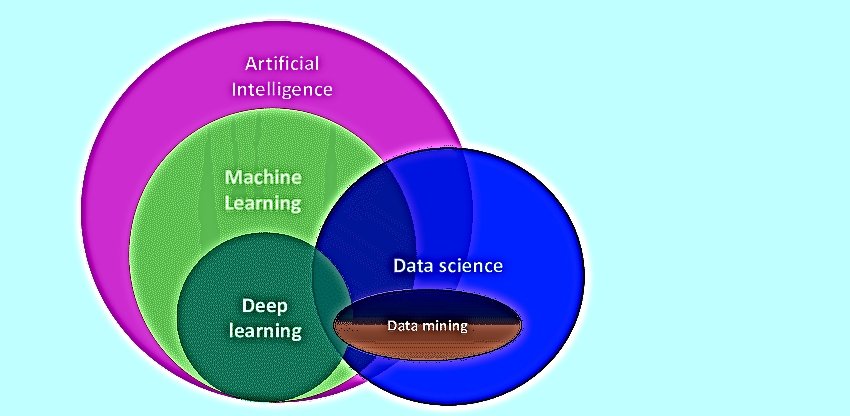
Tools and Methdologies
Data Mining
Data mining relies on statistical techniques, data preprocessing, and visualization tools to uncover patterns and trends. The methodologies often focus on exploratory analysis and knowledge discovery from static datasets.
Common Tools for Data Mining:
- RapidMiner: A powerful platform for data preparation and analysis.
- Weka: A collection of machine learning algorithms for data mining tasks.
- SQL-Based Tools: For querying and extracting data from relational databases.
- Orange: A user-friendly tool with visualization for mining workflows.
Key Methodologies in Data Mining:
- Clustering: Grouping similar data points (e.g., customer segmentation).
- Association Rule Mining: Finding relationships between variables (e.g., “customers buying X often buy Y”).
- Regression Analysis: Identifying relationships between variables for predictive analysis.
- Data Cleaning: Removing noise and inconsistencies to ensure reliable insights.
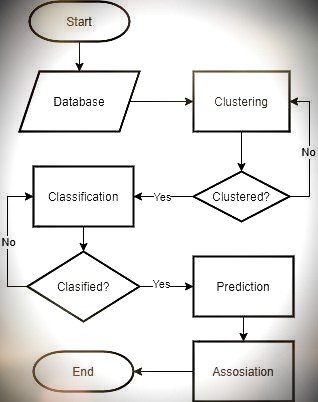
Machine Learning
Machine learning uses algorithms and computational models to enable systems to learn and improve from data without explicit programming. The methodologies focus on automation, adaptability, and performance optimization.
Popular Tools for Machine Learning:
- TensorFlow: A robust library for building deep learning models.
- PyTorch: A flexible framework for research and development.
- scikit-learn: Ideal for beginners, offering pre-built ML algorithms.
- Keras: High-level API for neural network design.
Key Methodologies in Machine Learning:
- Supervised Learning:
- Algorithms: Linear Regression, Decision Trees.
- Example: Predicting housing prices.
- Unsupervised Learning:
- Algorithms: K-Means Clustering, PCA.
- Example: Grouping customers by purchasing behavior.
- Reinforcement Learning:
- Algorithms: Q-Learning, Deep Q-Networks.
- Example: Training robots to navigate obstacles.
- Feature Engineering: Extracting and selecting relevant data attributes to improve model performance.
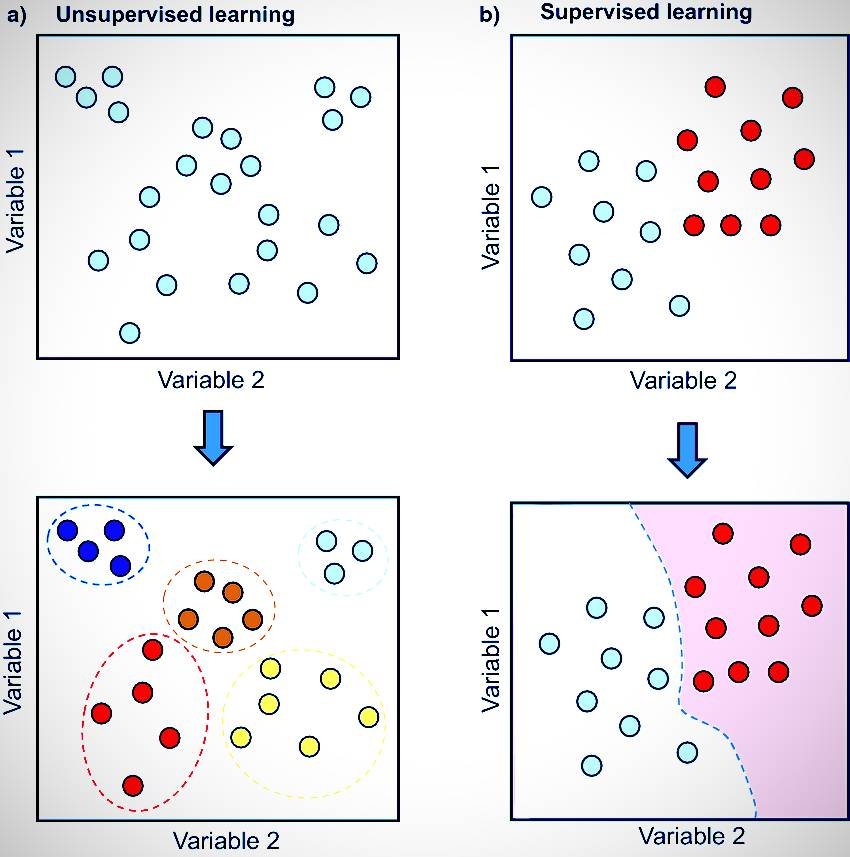
Understand your aptitude
Are you more of a detective, or do you dream of building intelligent systems? This question is at the heart of understanding whether your natural abilities and interests align more with data mining or machine learning.
Self-Reflection Questions
Take a moment to reflect on these questions. They can guide you toward the field that fits your personality, strengths, and aspirations:
- Do you enjoy uncovering hidden patterns and solving puzzles in historical data?
- If yes, you may resonate with the world of data mining.
- Are you fascinated by creating systems that learn and evolve over time?
- If yes, then machine learning might be your calling.
- Do you prefer working with static data or dynamic, constantly changing information?
- Static data aligns with data mining, while dynamic environments suit machine learning.
- Are you excited about automation and decision-making in real-time?
- This is a strong indicator that machine learning could be your path.
The Innovator’s Dilemma
What if you like both?
You’re not alone! Many professionals start with data mining as a foundation and transition into machine learning as their skills evolve.
- Begin by mastering data preprocessing and understanding data patterns.
- Progress toward learning algorithms that predict and adapt.
- Explore hybrid roles, such as a data scientist, where the best of both worlds come together.
Future Demand
The future demand for data mining and machine learning professionals is growing exponentially, fueled by advancements in technology and the increasing reliance on data-driven decision-making. Understanding where each field stands can help you prepare for emerging opportunities.
Data Mining: A Strong Foundation
Data mining continues to be relevant across industries where historical data analysis is critical. Its future demand is tied to the need for business intelligence and knowledge discovery.
Industries Driving Demand:
- Retail and E-commerce:
- Customer segmentation and product recommendations.
- Healthcare:
- Identifying patterns in patient data for better treatment plans.
- Finance:
- Fraud detection and risk analysis.
- Telecommunications:
- Analyzing customer usage patterns to improve services.
Emerging Trends in Data Mining:
- Big Data Integration: Handling unstructured and semi-structured data.
- Enhanced Visualization Tools: Making insights more accessible.
- Automated Knowledge Discovery: Reducing the need for manual intervention.
Machine Learning: The Future is Intelligent
Machine learning is a driving force behind cutting-edge technologies, from autonomous systems to real-time analytics. Its demand is skyrocketing as companies invest in AI and automation.
Industries Accelerating Growth:
- Technology and AI Development:
- Building intelligent systems like chatbots, image recognition, and recommendation engines.
- Transportation:
- Autonomous vehicles and route optimization.
- Healthcare:
- Predictive analytics, drug discovery, and personalized medicine.
- Gaming and Entertainment:
- Adaptive gameplay and content personalization.
Emerging Trends in Machine Learning:
- Deep Learning Advancements: Enabling AI to mimic human decision-making.
- Edge Computing: Running ML models locally for faster processing.
- AI Ethics and Governance: Ensuring fair and responsible AI systems.
Comparison of Future Prospects
| Aspect | Data Mining | Machine Learning |
|---|---|---|
| Market Growth | Stable demand across industries. | Rapid growth, especially in AI-driven sectors. |
| Career Roles | Data Analyst, BI Developer, Data Engineer. | ML Engineer, AI Specialist, Data Scientist. |
| Core Skills Needed | Statistical analysis, SQL, data visualization. | Programming, algorithms, neural networks. |
| Opportunities | Ideal for niche analytics roles. | Ideal for innovation and cutting-edge projects. |
Which will be more affected by AI
Impact of AI on Data Mining
Data mining is fundamentally about extracting patterns and knowledge from datasets. With the advent of AI, many processes in data mining are becoming increasingly automated and efficient.
Key Areas of AI Impact on Data Mining:
- Automated Data Cleaning:
- AI tools can handle missing data, outliers, and noise with minimal human intervention.
- Advanced Pattern Detection:
- AI enhances the ability to uncover complex, hidden relationships in data that traditional methods might miss.
- Real-Time Processing:
- Integration with AI enables real-time insights rather than post-event analysis.
Potential Risks:
- Job Automation: Routine data analysis tasks may be replaced by AI-driven tools.
- Reduced Manual Exploration: Over-reliance on AI could limit the discovery of novel insights.
Example Applications:
- AI-driven tools like RapidMiner and Orange are revolutionizing traditional data mining workflows.
(Insert an image: A process diagram showing AI automating data cleaning, pattern detection, and visualization in data mining.)
Impact of AI on Machine Learning
Machine learning is at the core of AI, so advancements in AI directly enhance machine learning capabilities. AI frameworks and tools are amplifying the speed and scope of machine learning development.
Key Areas of AI Impact on Machine Learning:
- Improved Algorithms:
- AI is enabling more efficient and accurate models, such as transformers for natural language processing.
- Automated Model Development:
- Tools like AutoML reduce the need for manual hyperparameter tuning and feature engineering.
- Scalability:
- AI accelerates training times and allows handling massive datasets in distributed environments.
Potential Risks:
- Complexity Barrier: The rapid evolution of AI can make it harder for beginners to keep up.
- Resource Intensiveness: AI-driven ML models often require high computational power.
Example Applications:
- Frameworks like TensorFlow and PyTorch are leveraging AI to push boundaries in computer vision, NLP, and beyond.

Conclusion:
Data mining and machine learning are distinct yet interconnected fields, each playing a vital role in the data-driven world. Data mining excels in uncovering patterns and insights from existing data, while machine learning drives innovation with adaptive, intelligent systems.
As AI continues to advance, machine learning will see a greater transformation, powering cutting-edge technologies and reshaping industries. Data mining, however, will remain indispensable for its foundational role in knowledge discovery.
Choosing between the two depends on your interests: analysis and interpretation (data mining) or innovation and automation (machine learning). Both offer thriving opportunities in an AI-driven future.

